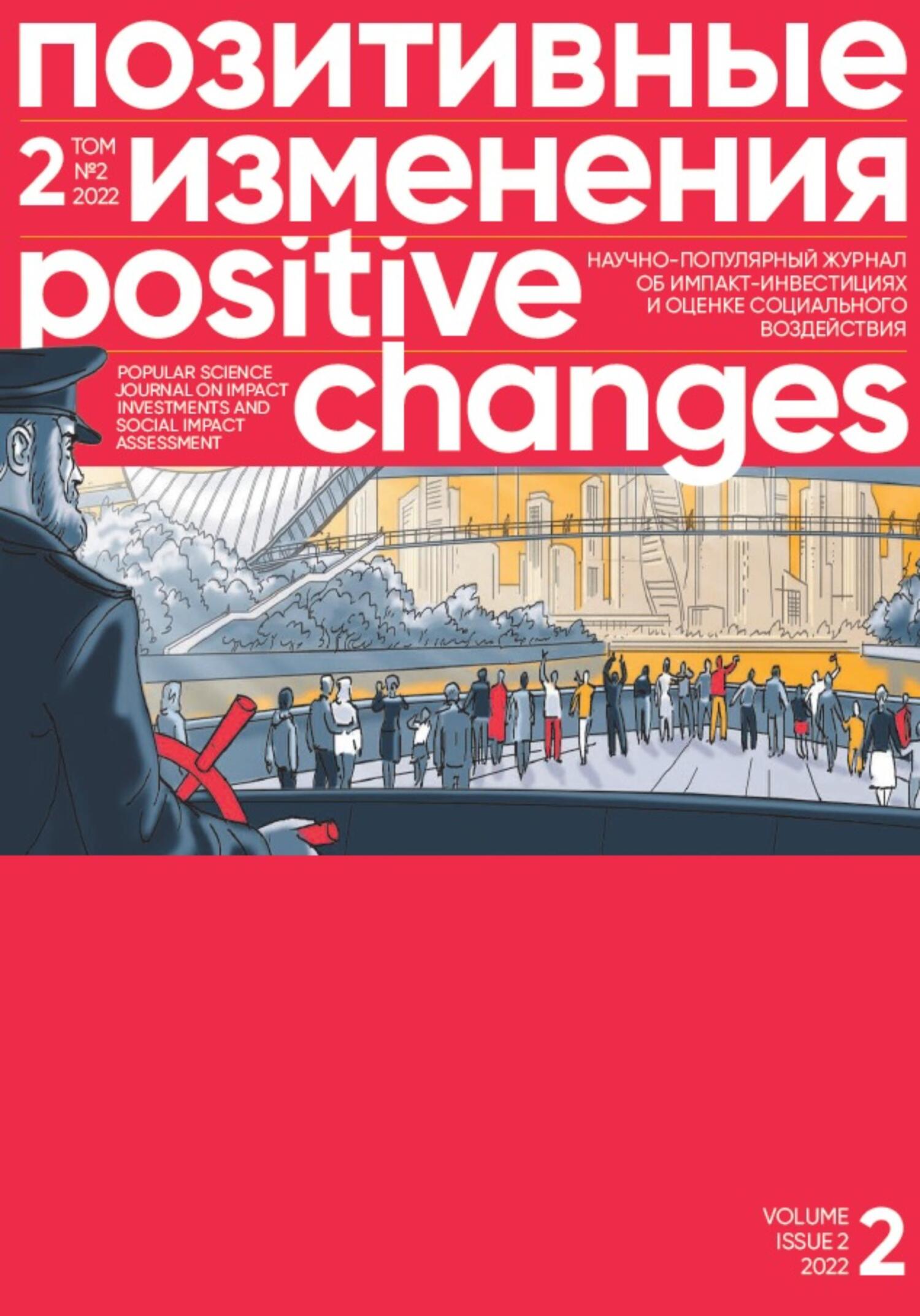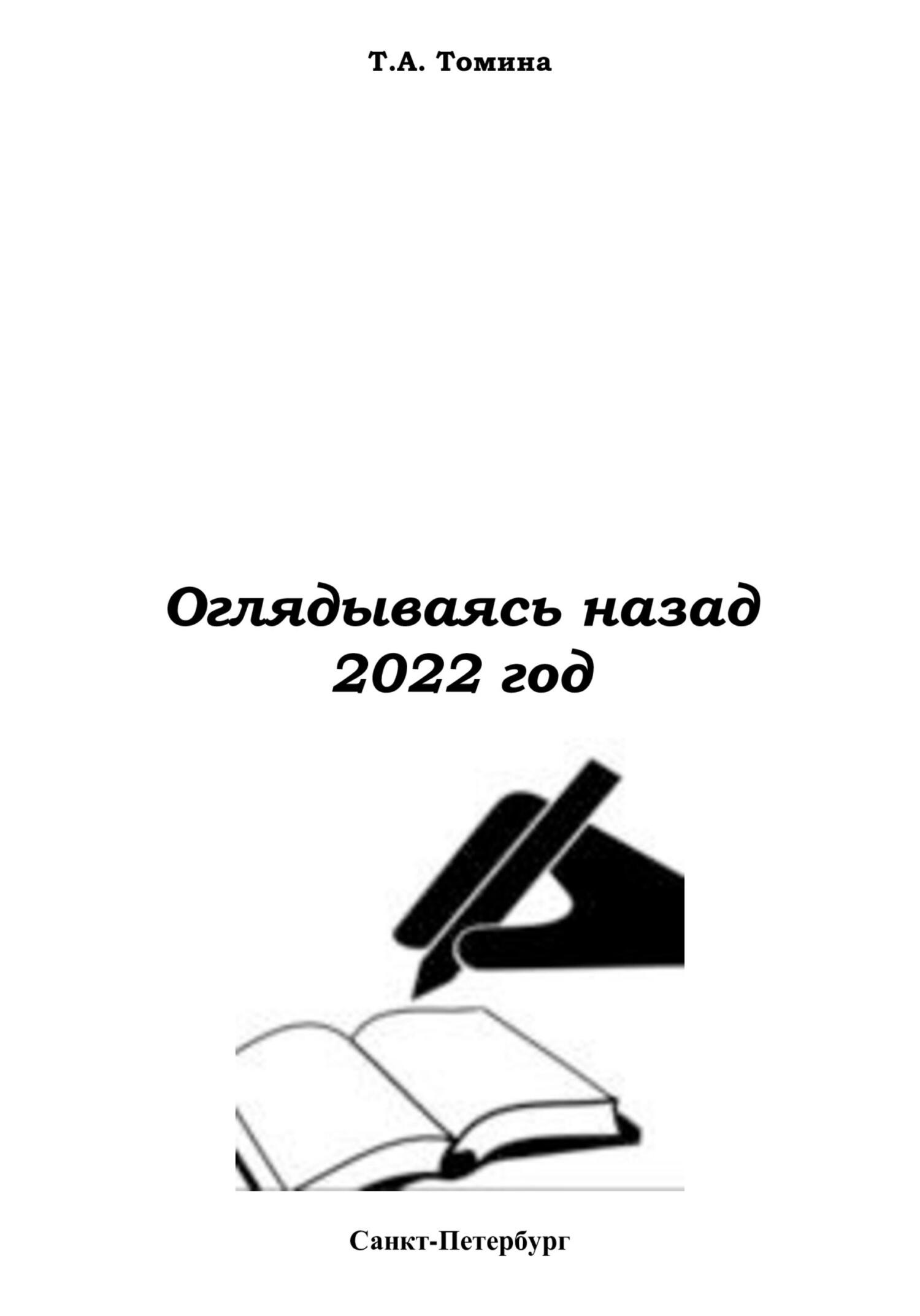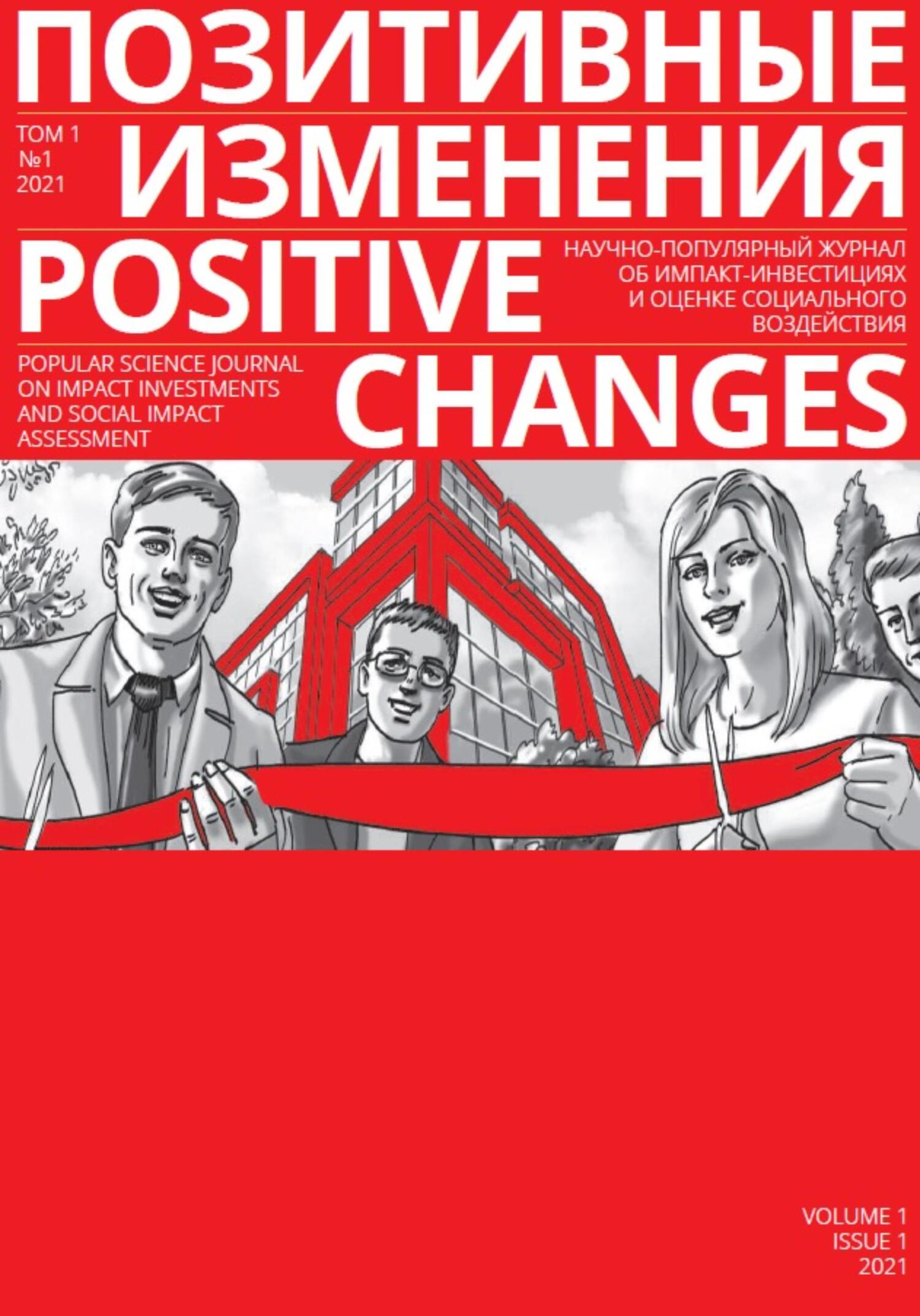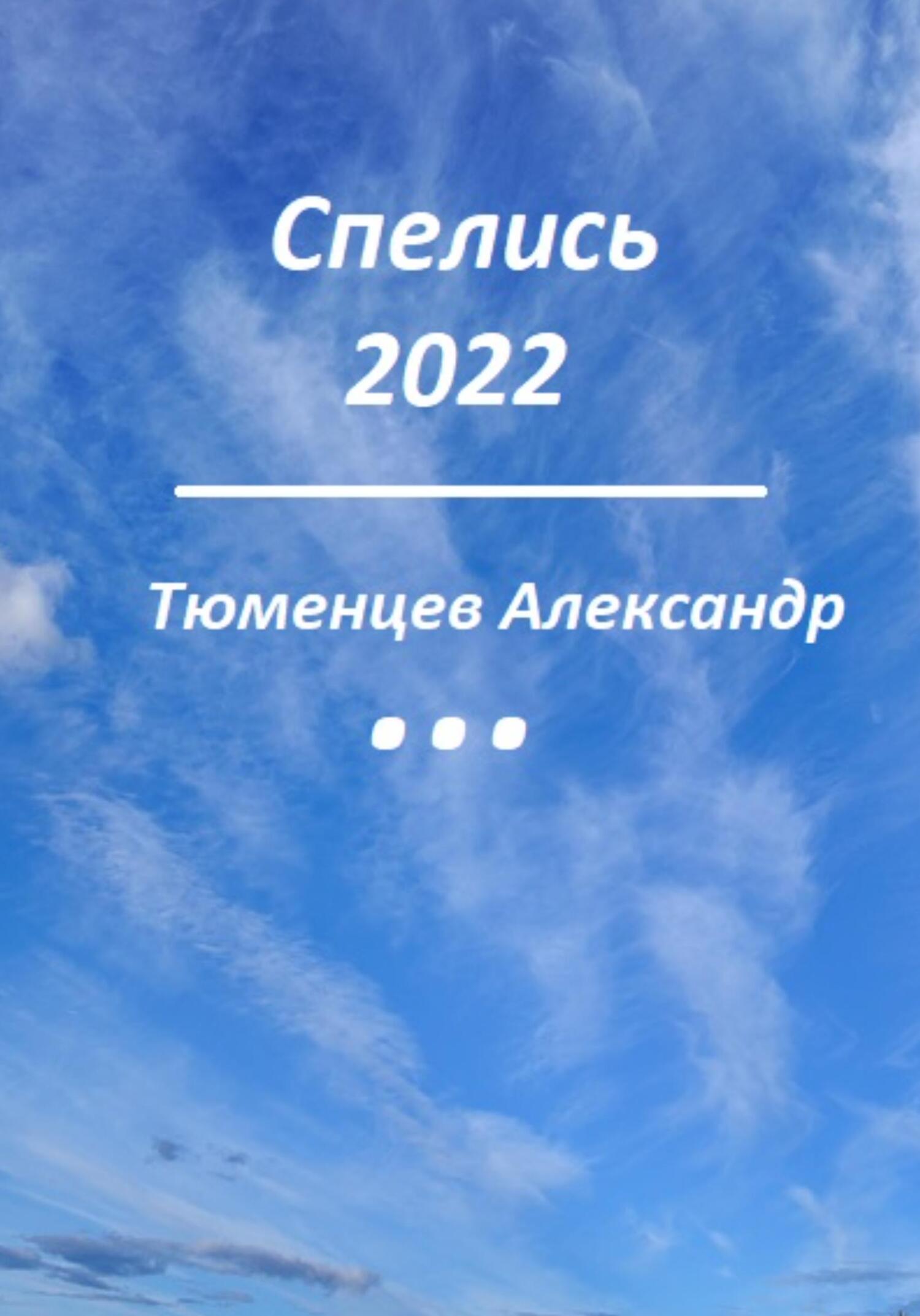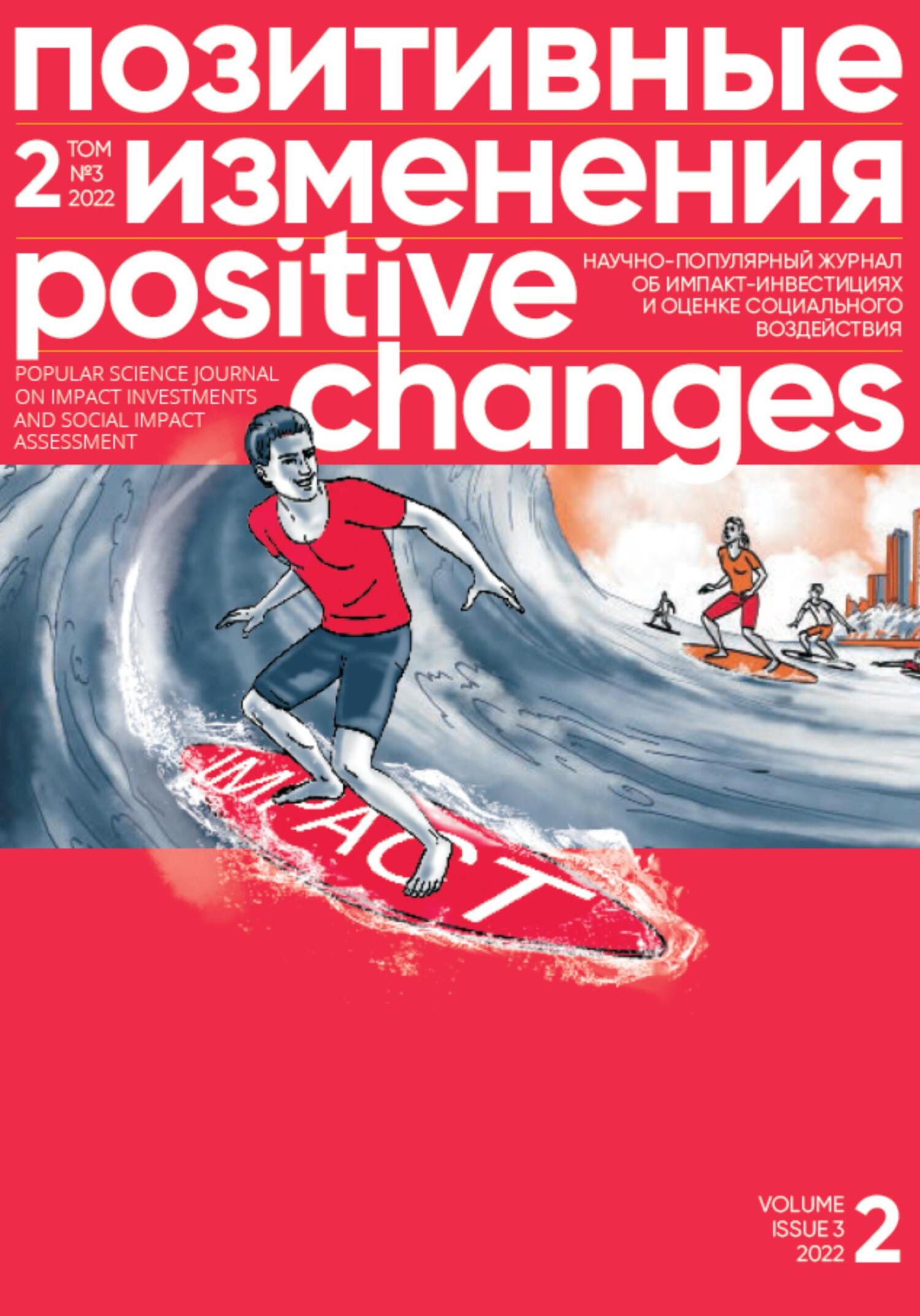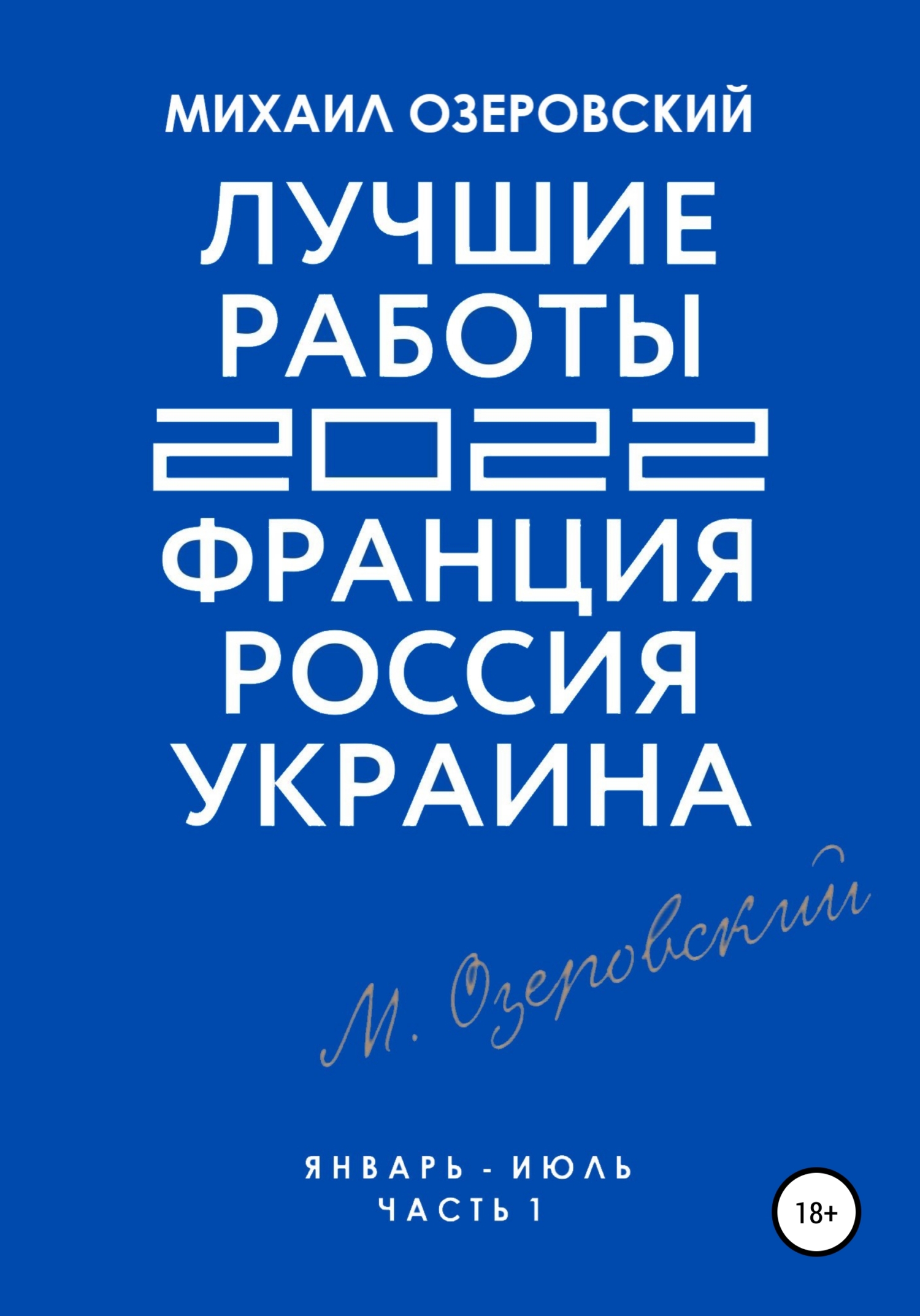and as part of the Sustainable Development Goals, all of humanity must act quickly. The time is running short. And we risk losing time in the long, albeit exciting, process of municipalizing our cities, towns, and townships. Self-governance at the local level does not necessarily turn into intermunicipal contractual capacity. The hyperlocal view of development is far from being sensitive to the global agenda. And this is a very serious issue.
Any democracy is vulnerable to populism, and it is especially vulnerable when it comes to long-running processes whose results are delayed for years.
POWERS AND RESOURCES
The key actors of the digital trend are national governments and global corporations, who perceive technocratic management algorithms as the key to reducing the operating costs in the territories of their presence. Unification while preserving visible diversity seems to them the optimal modus vivendi [6] for the future. Radical municipalism, on the contrary, requires completely different actors — local NGOs, such as community foundations and territorial public self-governance bodies, civic universities following the Scottish model. The forces that endow these structures with resources, in addition to the citizens and academics themselves, are the new-format developers who invest in social and natural capital (Oliver, 2013), in the development of communities surrounding their projects, and who take on the initiative of urban master planning together with the communities. As, for example, in the framework of the project "Bring rivers back to the city!" in Izhevsk. City residents, together with developers, architects, urban planners, and regional authorities, decided on the future of the river Podborenka. The project team created a riverfront development concept, organized the cleanup of the river bed, launched the public monitoring of small rivers and their basins, and the developer of one of the residential compounds was tasked with building up the embankment. This project resulted in a new public space in the city, where residents can play sports, hold mini-concerts, have picnics, relax and ride a bike.
If I were to choose sides, I would certainly prefer radical municipalists. I am much more inclined to accept the agenda of locality, the warmth of hearty human relationships, and joint discussions. However, the very logic of the digital city dialectics and radical municipalism tells us that as soon as the conflict between the two concepts is eliminated, we will experience a quantum leap that takes over from both positions, one way or another. Whether it will be digital municipalism or global digital democracy, or something more sinister — that is largely being determined right now. And each of us can participate in this process by acting on our own visions of what we want the cities of the future to be.
LIST OF SOURCES USED
1. V. L. Glazychev. Urban Husbandry: Bringing the City to its Senses. //АСС. — 1995. — № 1.
2. Rivers to the City [Online resource].
3. Urban Networks: People. Technologies. Governance / edited by E. Lapina-Kratasyuk, O. Zaporozhets, A. Vozyanov. — Moscow: Novoe Literaturnoe Obozrenie, 2021.
4. Amy Oliver. Regenerating Urban Neighborhoods: Through Synergies of Natural and Social Capital // An International Journal of Urban and ExtraUrban Studies. — 2013. — Volume 1.
5. C. Cellamare & F. Cognetti. Practices of Reappropriation. — Tracce Urbane, Planum Publisher, 2014.
6. Kevin S. Parikh. Digital Singularity: a Case for Humanity. — Avasant LLC, 2018.
7. Lisa Chemberlain. the Surprising Stickiness of the «15-Minute City» [Online resource] // Common Edge. 25.01.2022.
8. Robert E. Park and Ernest W. Burgess. the City. (Chicago, 1925).
9. Strong Towns [Online resource].
Кейс выпуска / Case of Issue
Возможности использования методологии контрибутивной оценки на примере проекта «Чистые игры»
Иван Смекалин
DOI 10.55140/2782-5817-2022-2-2-59-66
Проект «Чистые игры» начался с простой волонтерской инициативы в Санкт-Петербурге в 2014 году. Руководитель проекта Дмитрий Иоффе с друзьями отправился в поход по озеру Вуокса, но его отдых был испорчен свалкой на одном из островов. Так первое соревнование по сбору отходов за 8 лет переросло в экоквесты, которые объединяют 90 тысяч игроков в 26 странах. За одну игру участники собирают до 5 тонн мусора, большая часть которого направляется на переработку. Организаторы проекта поставили перед собой амбициозную цель: увеличить осведомлённость и вовлечённость граждан в тематику экологической повестки. Как оценить социальное воздействие «Чистых игр» и то, что цель достигнута? Для этого можно использовать качественный исследовательский подход, в русле методологии контрибутивной оценки.
Иван Смекалин
Аналитик Фабрики позитивных изменений
ОБЩИЙ ВЗГЛЯД НА СОЦИАЛЬНЫЙ ПРОЕКТ
«Чистые игры» — это командные соревнования по очистке природных территорий от мусора и разделению отходов, проходящие ежегодно в десятках городов России и мира (Вайнер & Низаметдинова, 2019). Волонтёры проводят всероссийские и международные турниры по сбору мусора — весенний и осенний Кубки Чистоты. Проект охватывает более полутора сотен волонтёров и несколько десятков тысяч участников.
«Чистые игры» стали экофраншизой: сообщества организаторов в регионах могут пройти бесплатное обучение и узнать методику проекта после подписания некоммерческого соглашения. В 2020 году команда проекта привлекла 25 млн 217 тыс. рублей за счет грантов и субсидий, корпоративных заказов, государственных контрактов, пожертвований от юридических и физических лиц.
Как отмечают организаторы проекта, его миссия — дать возможность людям через игру увидеть проблемы загрязнения окружающей среды и привлечь широкую общественность к вопросам экологии. Методика проекта позволяет участникам увидеть проблемы загрязнения окружающей среды и пользу от раздельного сбора отходов и вторичной переработки. Через игру люди учатся сортировать отходы и начинают задумываться об экологической повестке.
В качестве своих ключевых показателей эффективности организаторы проекта называют количество участников и волонтёров, количество проведённых мероприятий, охват социальных сетей, активность публикаций в СМИ, размер привлечённых средств (Вайнер, 2021). Представляется, что данные показатели полезны для оценки операционной деятельности проекта, но лишь отчасти связаны с оценкой достижения поставленной цели в виде увеличения осведомлённости и вовлечённости граждан в тематику экологической повестки.
ОПЫТ УЧАСТНИКОВ И ОРГАНИЗАТОРОВ ПРОЕКТА «ЧИСТЫЕ ИГРЫ»: МОТИВЫ, УСТАНОВКИ, ОЖИДАНИЯ
В 2021 году Центр оценки общественных инициатив ИППИ НИУ ВШЭ провёл проект-исследование «Мотивы и экологические установки волонтеров проекта Чистые игры», результатом которого стал аналитический отчет.
Среди опрошенных респондентов — участников «Чистых игр» — более двух третей имели
